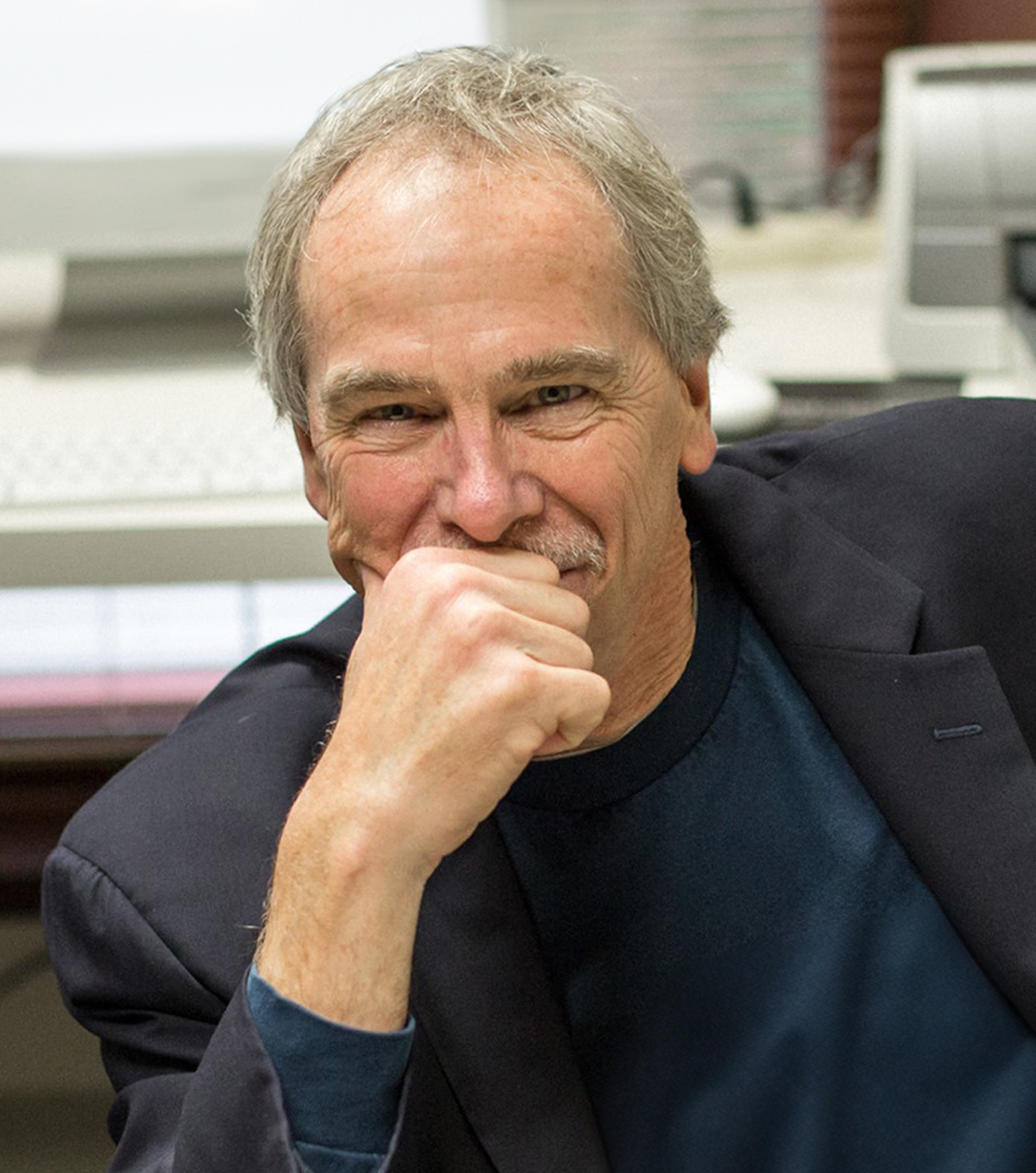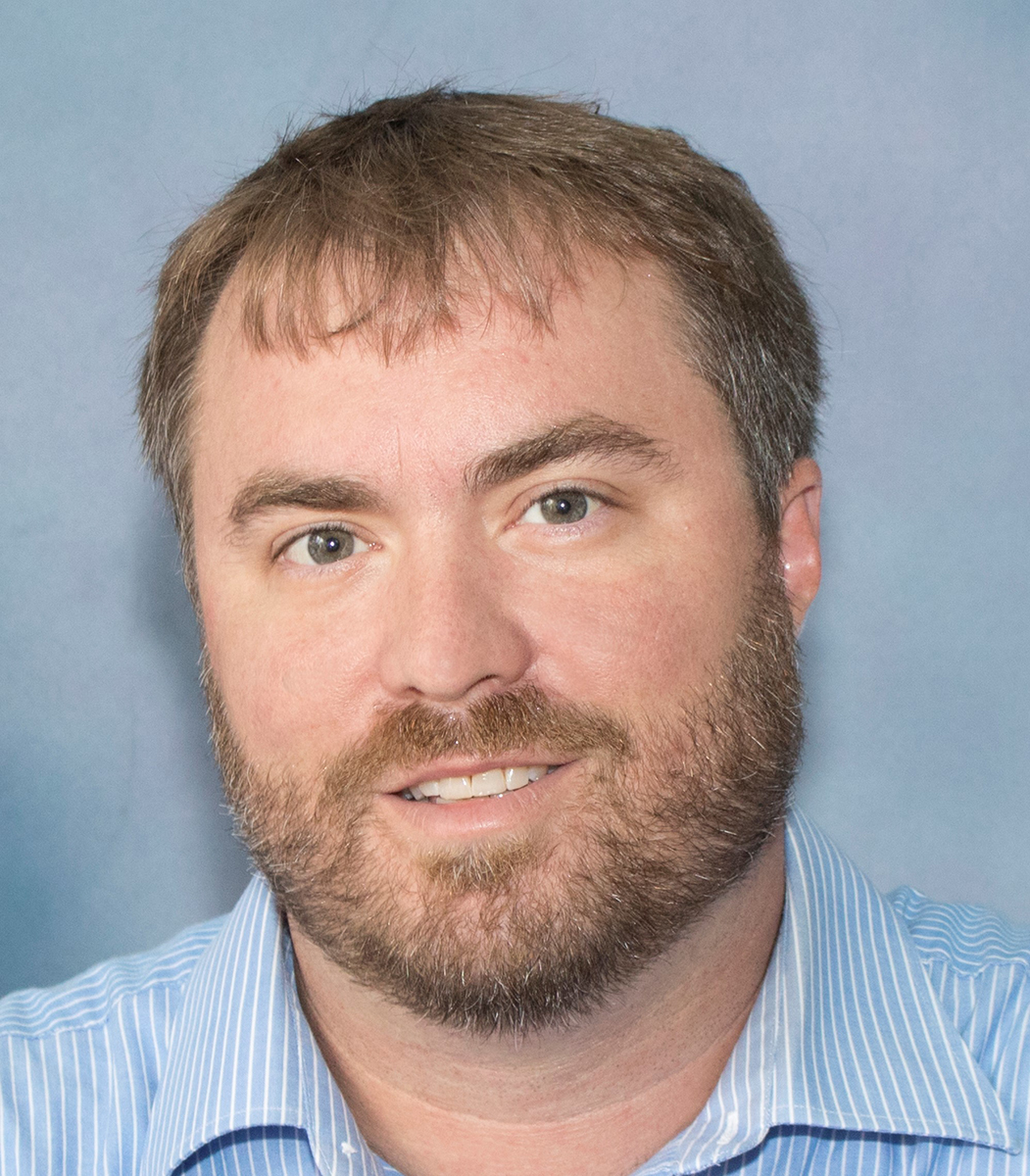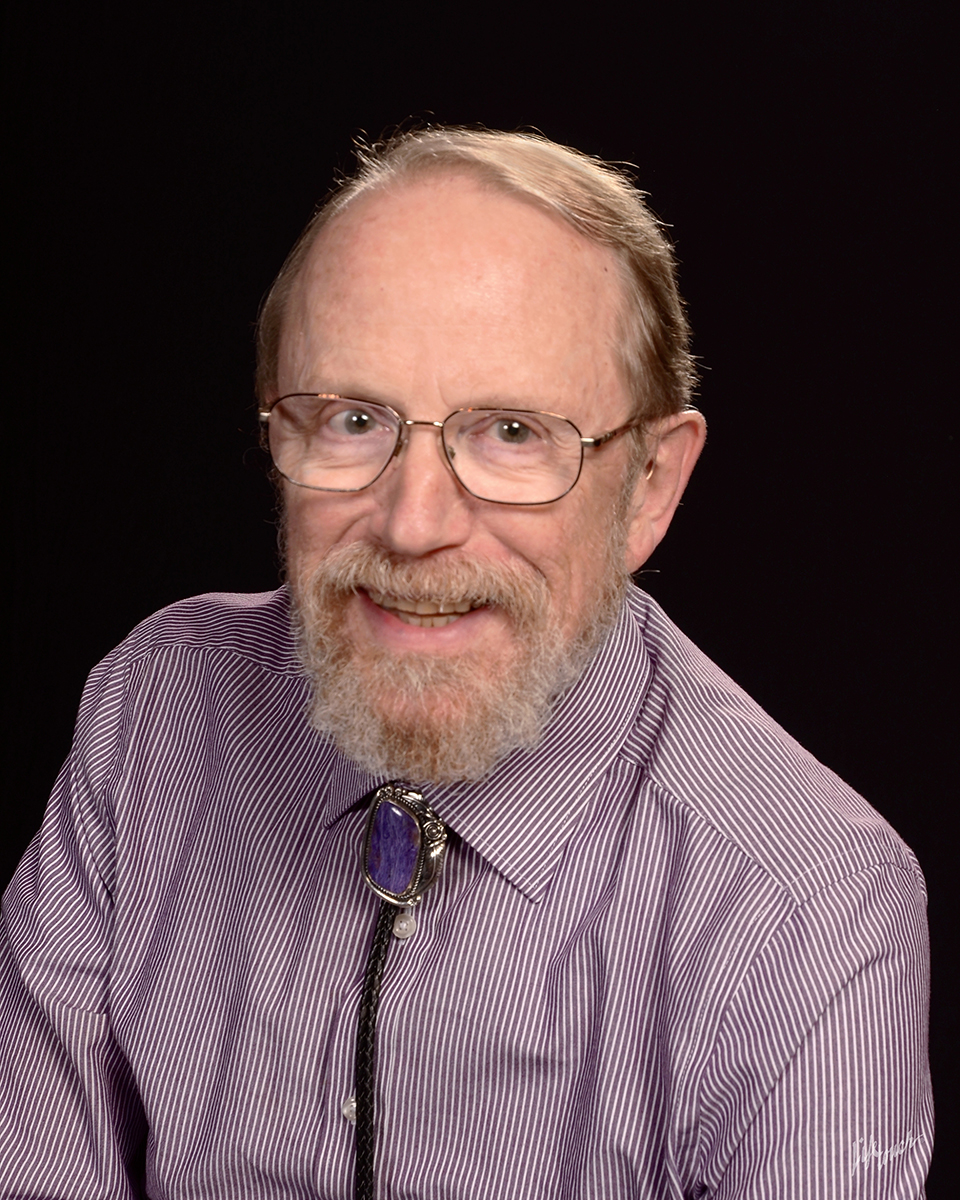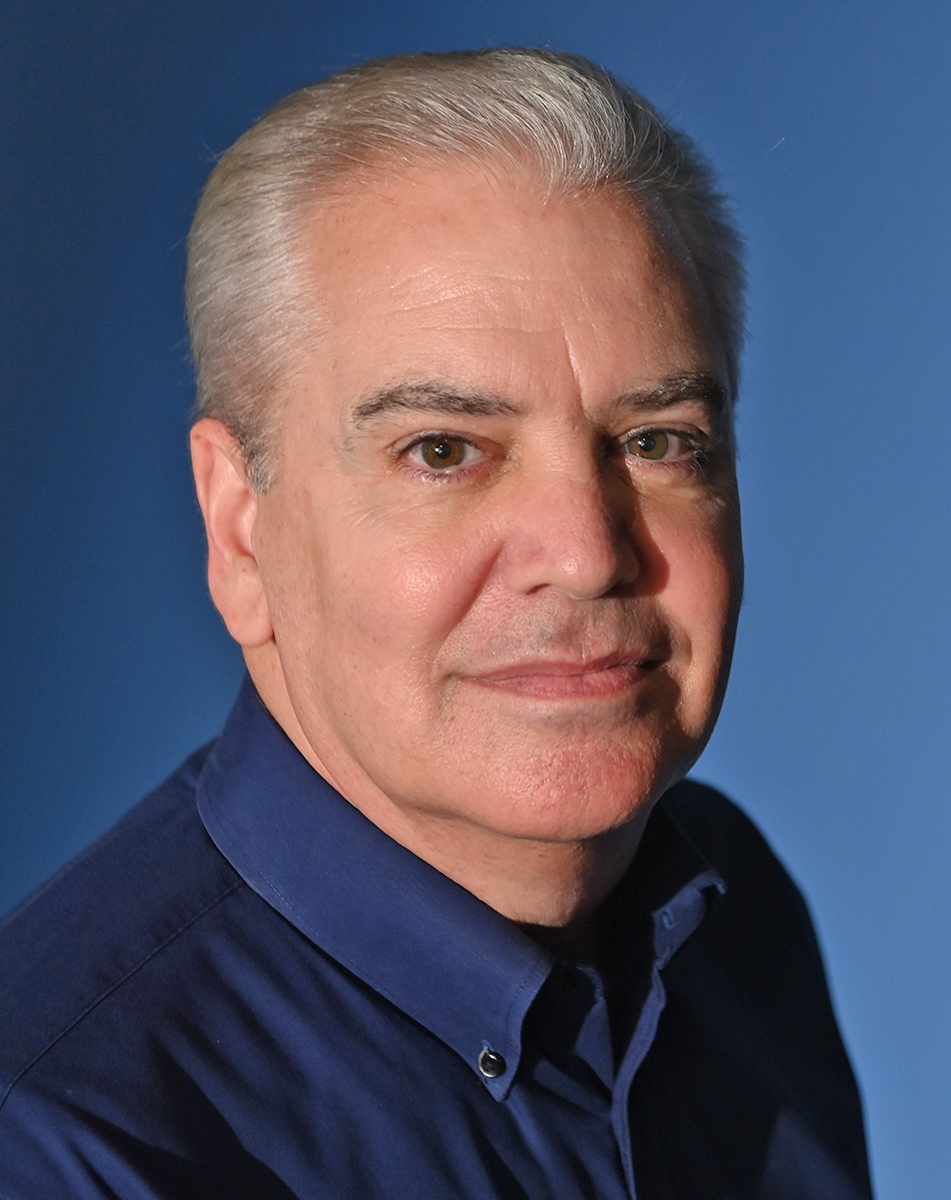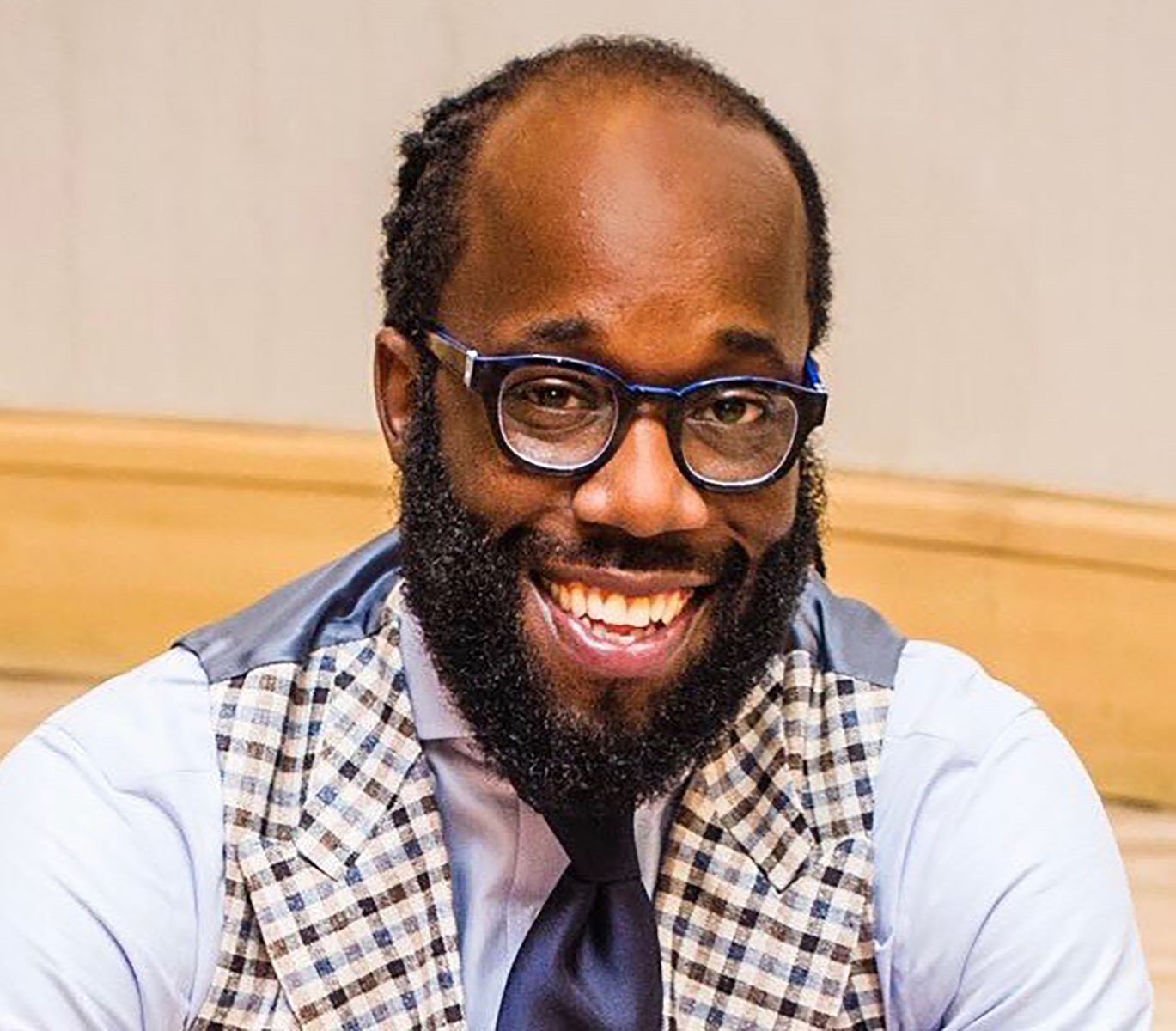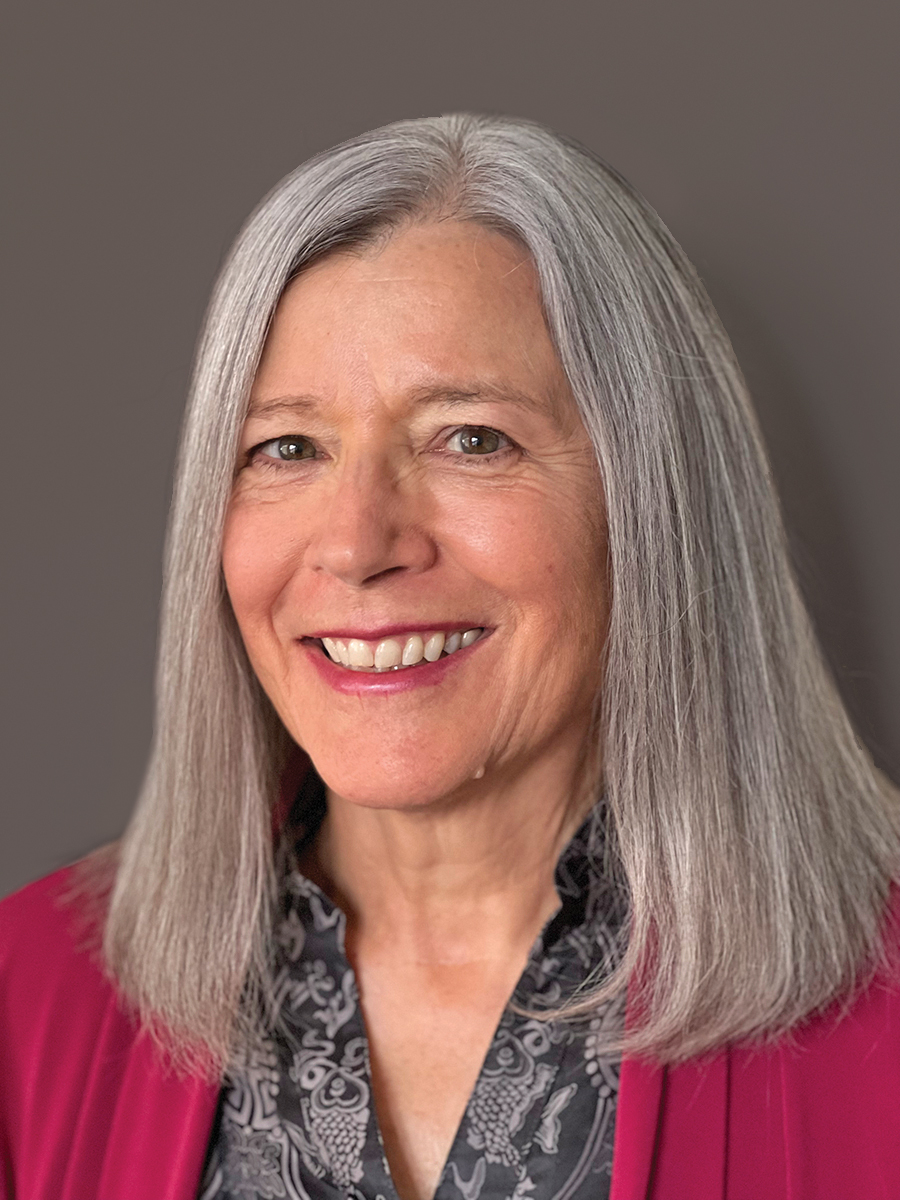Q&A with the Author
Congratulations on the publication of Creating Change. Throughout your distinguished career, you have focused on the link between trauma and addiction. Briefly, can you discuss why these two issues are so often intertwined?
The desire to escape emotional pain is universal. For many people that occurs through behavior that can become addictive, such as excessive use of substances, gambling, food, work, internet, or other behavior. Addiction and trauma also share common neurobiological pathways and genetic, as well as social, influences that carry across generations. Yet their most important commonality is optimistic: they are both highly treatable.
In Chapter 1, you write that Creating Change and your first book, Seeking Safety, are “twins.” What do you mean by this?
Creating Change is similar to Seeking Safety in that it is flexible, evidence-based, can be conducted in group or individual modality, has a compassionate style, and can be used with complex clients who have any type of trauma or addiction. It also has the same format and can be implemented by any provider. But where Seeking Safety focuses on coping skills in the present, Creating Change explores the past. It guides clients to understand how trauma and addiction arose over time, to grieve losses and regrets, to create a new perspective on their life story, and to take pride in their survival. The manual has 23 topics that can be implemented in any order. Topics include Relationship Patterns; Break the Silence; Deepen Your Story; Balance Dark and Light; Emotions and Healing; and Influences (Family, Community, Culture). It can be used on its own or combined with Seeking Safety or any other model.
Reviewers of Creating Change note that it is “based on the principles of compassion, respect, and empowerment,” and that it “provides a kinder, gentler way to process trauma and recover from addiction.” How is this different than other treatment models?
In developing Creating Change, I was aware of the various past-focused models already available, so wanted to be clear on whether there really was a need for another. I believe that Creating Change addresses some important gaps in the field, which is summarized in its six key principles.
- a. Balancing positive and negative life experiences. It encourages clients to integrate the full range of their experiences, both what was difficult and what allowed them to survive.
- b. Broad social and historical context. It addresses societal issues (such as intergenerational and historical trauma, community-wide disasters, family mental illness, and cultural assumptions) helps clients understand their problems as not simply personal “weakness” but embedded within larger spheres of influence. The puzzle pieces of culture, society, and history help clients make sense of their story and can be a source of repair.
- c. Choice. It offers a high degree of choice to honor clients’ (and counselors’) individuality and personal path in life, including many options to choose from rather than a “one size fits all” approach.
- d. Safeguards. It emphasizes best practices when working with trauma and/or addiction; explicit strategies to ensure safety; optional extra topics if there’s concern about a client’s readiness; and guidance for interweaving present-focused coping skills as needed.
- e. Inspiring hope. It uses, for example, quotations, poignant language, and imaginative exercises to help build hope and convey that clients can succeed.
- f. Skill development. It teaches clients a wide variety of ways to process painful life events so they can continue to do so on their own.
Evidence on past-focused models indicates notable engagement issues, including low adoption and high dropout. The Creating Change principles above are designed to address such concerns.
A unique feature of Creating Change is the 70 reproducible handouts. Can you give an example of one, and describe how a clinician might use it in practice?
One of the reproducible handouts is titled, Try Three Sessions of Creating Change to See if You Like It! Creating Change has shown very high client satisfaction, but we know that it can be challenging to engage clients in trauma and/or addiction work in general, and past-focused work in particular. Clients may have various fears. This “try it before you buy it” approach lets them directly experience up to three sessions of Creating Change in an easy, low-risk way to see how it feels. Psychotherapy research shows that by the third session of any model, how a client feels about it is predictive of how they’ll feel about it long-term. In Creating Change we emphasize client empowerment: encouraging them to get the best help they can and to decide for themselves what they want.
Rates of PTSD rose by 4.1% between 2017 and 2022 (according to JAMA Network Open, a journal published by the American Medical Association), and nearly 17% of Americans aged 12 and older battled a substance use disorder in the past year (according to the 2022 United States National Survey on Drug Use and Health (NSDUH)). Your book is coming out at a critical time. How is Creating Change relevant to these current crises?
Yes, trauma and addiction are epidemic and the treatment needs are great. Two particular aspects of Creating Change are noteworthy here.
- a. Feasibility in addiction treatment settings. Clients with trauma and addiction are typically routed to addiction treatment rather than mental health treatment, so from a public health standpoint it’s important to offer methods that can work in that setting. Most past-focused models arose in the trauma field and require a workforce with advanced degrees, extensive training and supervision; and are individual rather than group modality. Such aspects make those models challenging to implement in addiction programs. In contrast, Creating Change does not have any such requirements.
- b. A broad approach to client eligibility. Similar to the point above, most past-focused models have significant restrictions on who can attend, such as excluding complex clients (e.g., those who self-injure; don’t want to stop using substances; or have drug use disorder rather than alcohol use disorder, which is perceived as easier to treat). Creating Change takes a broader stance as it was designed from the start specifically for co-occurring trauma and addiction, and assumes a high level of client complexity may be present. So too the evidence-base for Creating Change included clients who have typically been excluded from research trials on other models.
Thank you so much! Now that the book is out, is there a project that you are excited to work on next (a presentation, a workshop, writing another book, etc.)?
Yes, I’m working with colleagues on expanding peer-led Seeking Safety in the community. The model has already been delivered by peer support workers in treatment programs for a while, with strong evidence of success. But we’re working to expand the reach-- to offer free, widely available drop-in Seeking Safety groups for trauma / addiction in the community. (If anyone is interested in helping with this mission, feel free to contact our team at info@seekingsafety.org.)
See all titles by and read more about Lisa M. Najavits on her author page!






